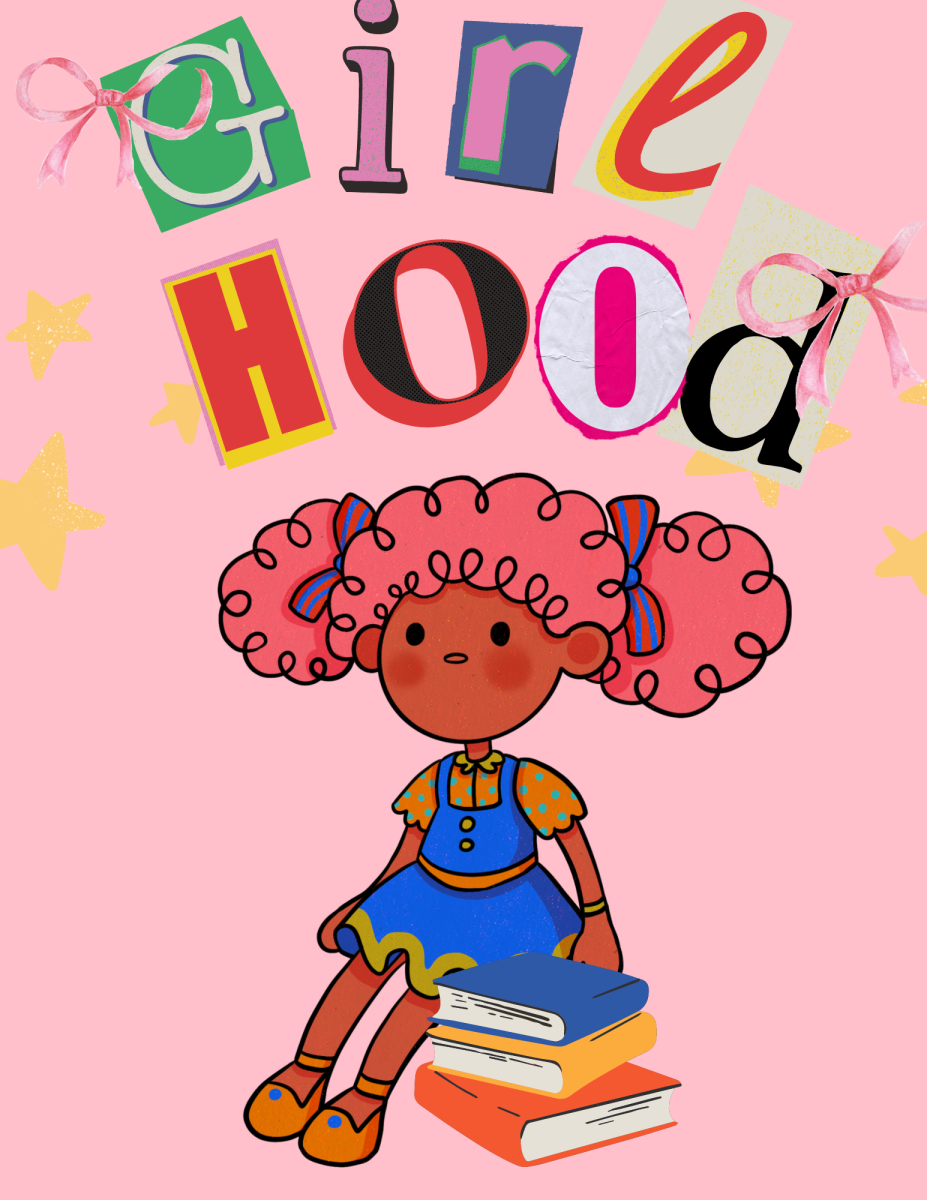People are starving for representation. The media has long ignored aspects of full womanhood and has reduced girlhood. With movies like “Barbie,” “Priscilla” and the massive Taylor Swift Eras tour, it is in fact the “Year of the Girl” – however the stereotypical girl has been whitewashed by pop culture.
After being named TIME’s Person of the Year, Swift said that “feminine ideas becoming more lucrative means that more female art will get made.” There has been a new tide to showcase more art defined by girlhood.
The girlhood that this art is selling is only white girlhood. Taylor Swift is described by TIME as the last standing monoculture. All monoculture seeks to harbor the status quo and the default for monoculture is white and with that comes new aesthetics, for instance, the coquette aesthetic.
Coquette is described as a flirtatious woman. A coquette girl is someone who focuses on reading, baking and sad songs like “every girl should.” Coquette girls are stuck in girlhood; they are praised for innocence and pettiness. They prefer simple and subtle makeup. If you were to search online for hyper-feminine people a thin white girl would pop up.
There has been more emphasis on this with the look of coquette from Sabria Carpenter, Doja Cat in “Agora Hills,” and the rise of Miu Miu. While many people believe they are dressing in a popular style, the impact goes deeper than that.
The world of coquette is pastel, laces and bows. White femininity and the concept of it (bows, ribbons) will always be seen as innocence. Anyone can wear the clothes or aesthetics of it but at its foundation, the coquette is thin, white and fragile.
Coquette isn’t just a niche subculture, it’s distorting the spectrum of feminine and masculine that’s seeping through our culture. It’s redundant in terms of how it views gender roles. It’s a part of a broad movement of defining girlhood by white femininity.
You can see that with famous women directors. Take Sofia Coppola and Greta Gerwig. There is a certain type of woman that fits into Coppola’s female gaze. These women are white and beautiful. Her view of girlhood is drawn out in fragile pettiness; it’s not surprising that in all her films women are left behind.
The movie of the year that was supposed to represent girlhood was “Barbie.” Barbie centers around the idea that womanhood focuses purely on stereotypical Barbie representing white women. The mother-and-daughter duo is a supporting cast to help Barbie find her journey. It waters down feminist messaging in that all other women are seen as add-ons.
They are selling girlhood because being a woman is seen as too hard because they’re the ones who make it hard.
Mattel has sold toys for decades that have caused body dysmorphia in little girls. When consumers started focusing on different brands due to a historic amount of complaints, Mattel then decided that making a feminist movie would help their brand. But that doesn’t take away from the damage they have done.
It feels as though every time Hollywood takes a step forward they take two steps back. According to the Guardian, women comprised 16% of the directors in 2023 down from 18 in 2022. There needs to be an actual movement of change within this country, not just a change in consumption.



